Valley of Temples
It is said that the best way to arrive at the Valley is by sea. From that side you see the Valley and the town of Agrigento rising up on the lush green hills. But we arrived by car. Which is also quite impressive. At some point, you can see the massive temples high above you. A beautiful sight! You might think that you will arrive at a valley but the name of the site is not at all what it is! The Valley of the Temples is, in fact, a hill! It is a long ridge between the higher modern hilltop town of Agrigento and the distant sea. Between the town centre and the temples lies the real valley with ruins and excavations. This is where a large part of the ancient city once stood. The ancient town of Agrigento was more extensive than the modern one. The Greek city was called Akragas and the later Roman town was named Agrigentum. The medieval name for the town was Girgenti, and this name was used until 1927 when ‘Agrigento’ was adopted as a PR move to honour the city’s past.
The western half of the valley
On the western side of the road is the remains of one of the biggest temples of antiquity, the temple of Olympian Zeus. What is left are the scattered, massive heaps of stone which we can see today. The ambitious building project was probably never completed, is likely to have been damaged by the Carthaginian invaders, and as recently as the eighteenth century, much of the temple’s stonework was carted off to the sea to build the docks at Porto Empedocle. There have been various speculative reconstructions of the temple’s design; a model of the most convincing recreation can be seen in the archaeological museum nearby.
The temple of Zeus
The Temple of Zeus was over 110 meters long. What is really striking are the giant statues, called telamons, probably placed on an upper level and supporting part of the structure’s weight. A copy of one of the telamons is reconstructed in its original upright position inside the archaeological museum. Unfortunately, the museum was closed at the time we were there. The Temple of Olympian Zeus (or Olympeion; known in Italian as the Tempio di Giove Olimpico) was the largest Doric temple ever constructed, although it was never completed and now lies in ruins.
There are many other ruins in this western part of the site. What you see are low excavated walls and pavings mark the locations of various religious buildings and shrines. A leftover of a temple-corner, known as the Temple of the Dioscuri, was actually re-erected. On the upright columns, you can still see the white stucco which was used to decorate the Agrigento temples. It looks like a sand colour, but in the past, they would have been very different. Brightly-coloured and white stucco facing.
Walking further the valley is a pretty green with lots of charming citrus gardens. You can also visit the Giardino Della Kolymbetra, displaying traditional types of citrus trees, plants, and irrigation methods. There’s a small additional charge for visiting the gardens. The garden is entered from within the archaeological zone.
The Eastern temples
Temple of Herakles
The eastern half of the Valley of the Temples contains the most complete and impressive temple ruins. The closest temple to the road is the Temple of Herakles. The Temple of Heracles is the oldest Doric temple in Agrigento and was built in the late sixth century BC. The building, constructed in the Doric order, features a base with three steps upon which stand six columns on the short sides and fifteen on the long sides. The temple’s long and narrow interior is divided into the portico at the entrance, the naos and the opisthodomos, the rear room, with the portico and opisthodomos framed by two columns.here the views over the countryside are amazing. Especially when you are quite late and you can see the sunsets … WOW!
Temple of Concordia
The next temple along the ridge is The Temple of Concordia. The Temple of Concord is one of the best-preserved temples of the ancient world. The monumental structure is largely intact due to its early conversion into a Christian church. The Agrigento temples are in the Doric style; an unusual feature is that they had stairways giving access to the roof; the site of these steps is visible in the Temple of Concord. The bare rocks of the Temple ridge served as part of Akragas’s city defenses, and they were built up with blocks of stone where necessary, joining onto the city wall. Around the church of the Temple of Concord were more religious developments, including graveyards. The dead were interred in caves and in niches cut into the rock, which are still visible underfoot and in the vertical rock faces.
The Temple of Hera Lacinia (Juno)
At the far end of the hill is Temple of Hera or Juno. The Temple of Hera Lacinia (Juno) is located on the highest rocky spur of the Valley of the Temples at its easternmost point. Like most of the temples in the Agrigento area, it is not possible to discern to which god the temple was devoted. Its attribution to Hera Lacinia derives from an erroneous interpretation of a passage by the Roman writer Pliny the Elder, which in fact referred to the Temple of Hera Lacinia (Juno) on the cape of Capo Colonna near Crotone in Magna Graecia. The building, constructed in the Doric order, was built sometime in the middle of the fifth century BC and features a base of four steps upon which stand six columns on the short sides and thirteen on the long sides. The temple’s interior is divided into the portico at the entrance, the naos and the opisthodomos, the rear room, with the portico and opisthodomos framed by two columns. The door is located between the portico and the naos, flanked by two pillars with a staircase within to provide access to the roof for maintenance. Fifteen metres from the temple’s entrance on its east side stands the altar, reached by ten steps.
Practical tips
To explore both halves of the Valle dei Templi site or visiting the gardens, you should allow at least three hours. Take a guidebook or historical map with you for some explanation. It is also possible to take an audio tour. You can hire this at the entrance of the Valley. Before you enter the Valley there is all kind of small shops selling their typical touristic things. Also you find the bookshop over here. Take a bottle of water, put on your walking shoes! And use suncream!
Emotion by night
A special event like an emotional itinerary at the Valley of the Temples accompanied by Viaggio in Italia by J.W. Goethe … a slow journey to discover the history of Agrigento, the Valley, the myths and the gods. Visitors will receive a special device to light up the route among the ruins. Only during June-September.
Archeological Museum
Try to visit the museum as well. At the time we were there it was closed. The museum covers the history of Agrigento from the earliest human settlement. And it shows the remains of what has been found at the various temples, including a statue of a telamon!
The town of Agrigento
After our visit, we drove up to the town of Agrigento. We wanted to have a drink and something to snack. Driving up to the town center is challenging! Lots of turns and you can feel that you are getting higher by the pressure on your ears! The town center is a network of steep picturesque and historic stairways. It was Christmas day so almost everything was closed. The only possibility to have some snack was to have burgers! By the time we drove back is was pitch dark. I do not recommend driving in the dark in Sicily, with Google maps losing her temper and not knowing where to go … we ended up somewhere which looked like the African bush! And it took us at least 1 hour then it would normally take! Anyway, it was an interesting and beautiful day!
Getting there
WALKING downhill to the archaeological zone from central Agrigento.
Take the local BUSES (numbers 1, 2 or 3) which run frequently (less often on Sundays), with a stop outside the railway station. Buy single or day tickets in advance from a newsagent, bar or tabacchi, and ask the driver to let you off for the Valle dei Templi.
When arriving by CAR here are two car parks for the temple site, one to the east by the Temple of Juno and one by the western half of the site – follow signs from the main road. There is a charge for parking. Use the link for a Google map showing the temples, car parks and facilities.


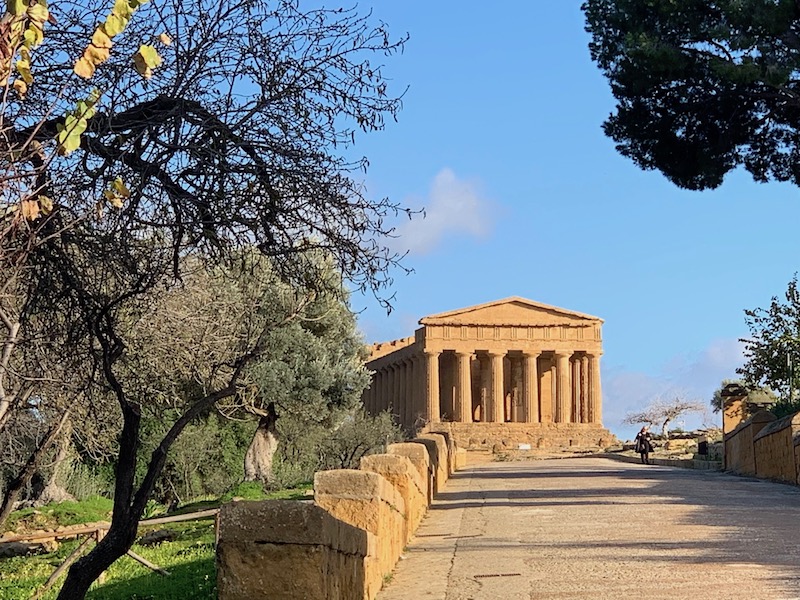

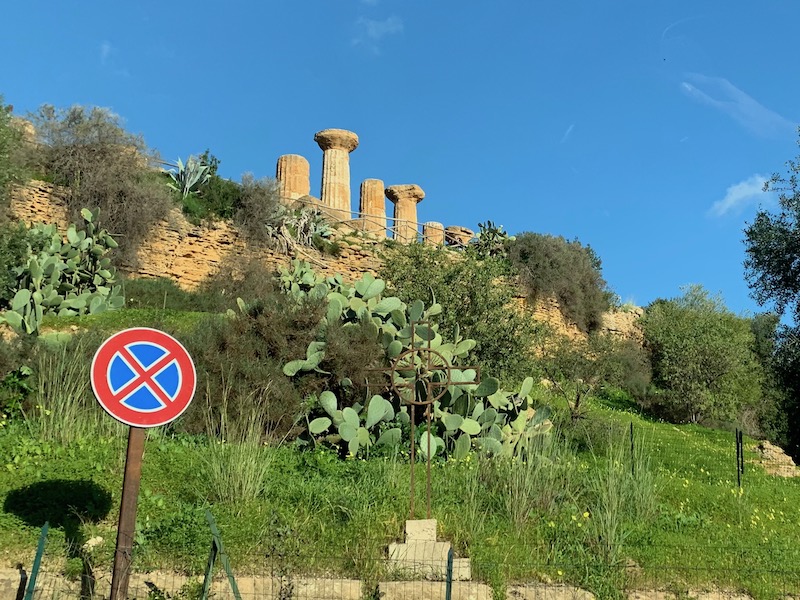
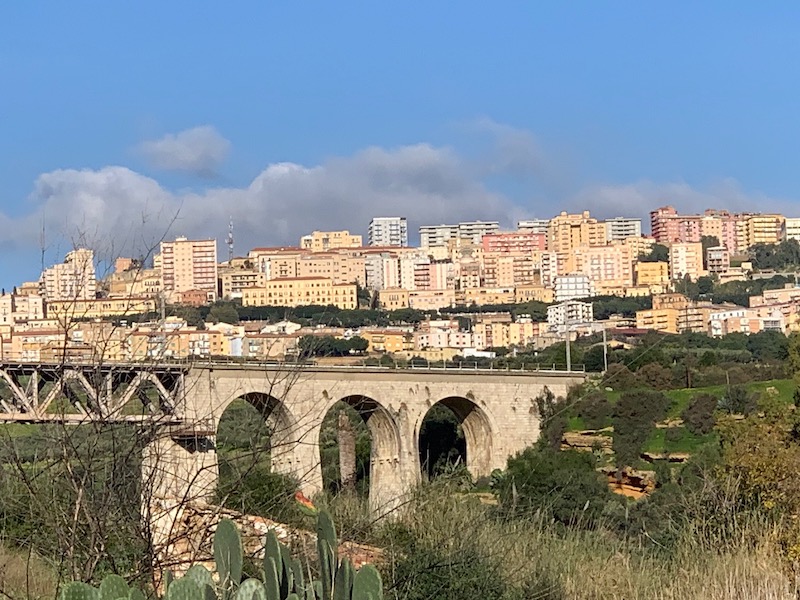
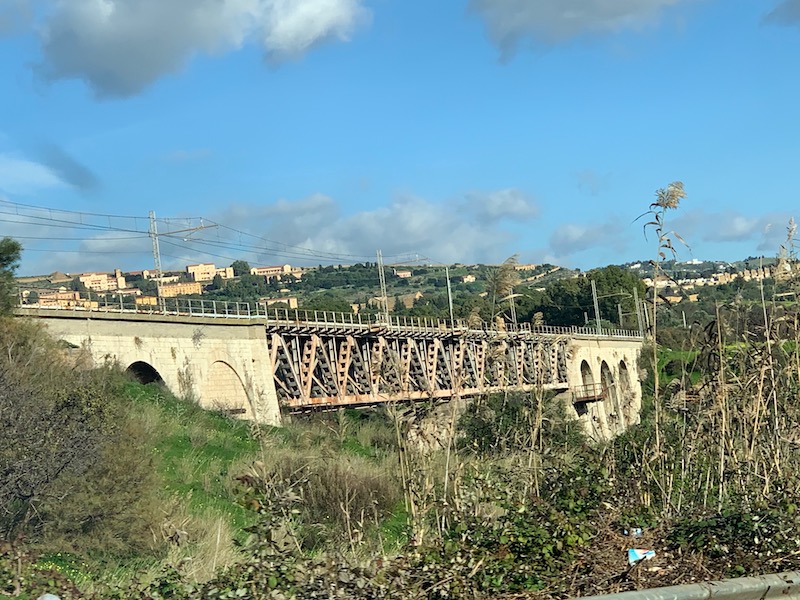
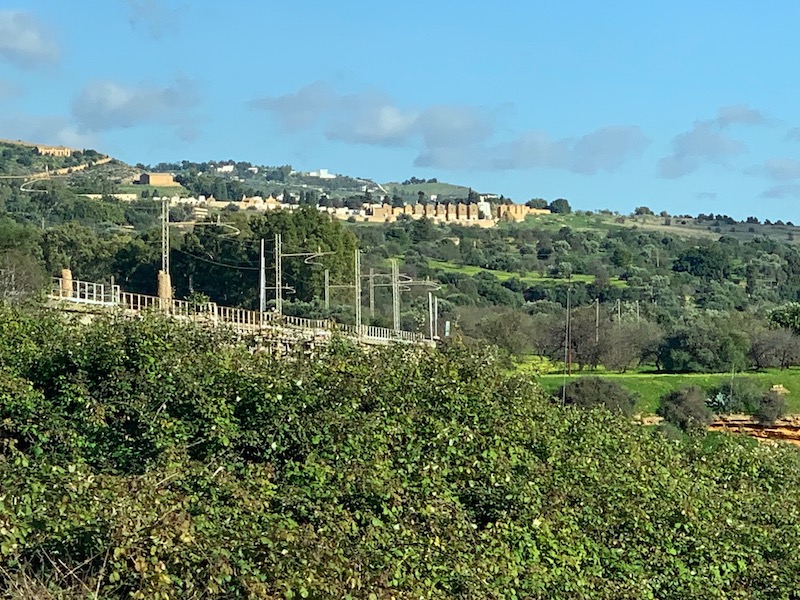
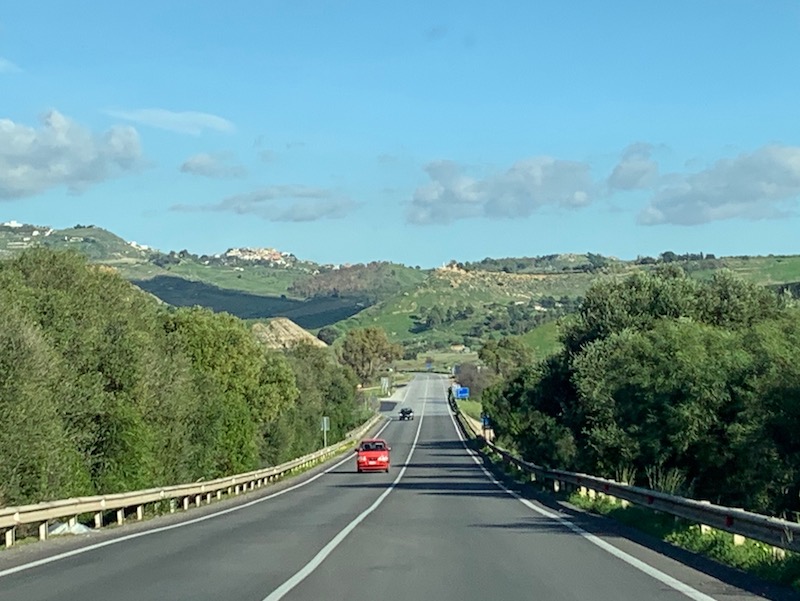
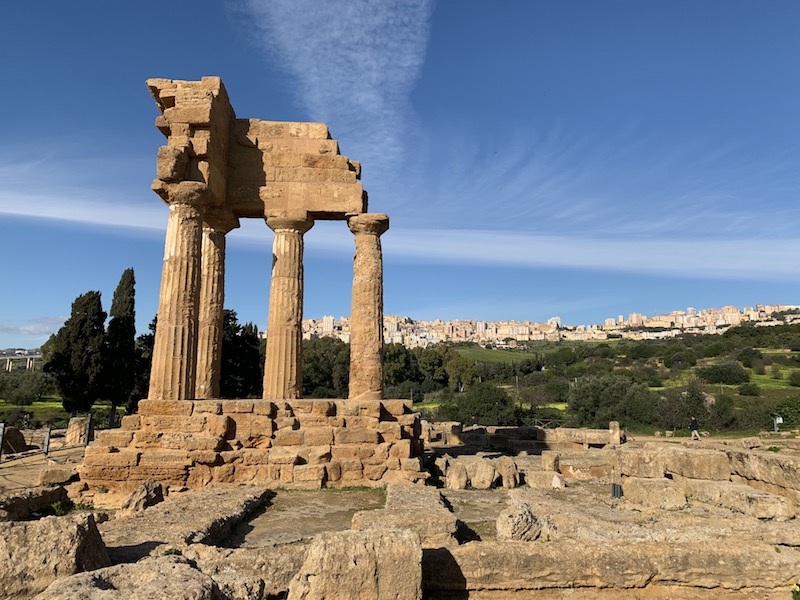
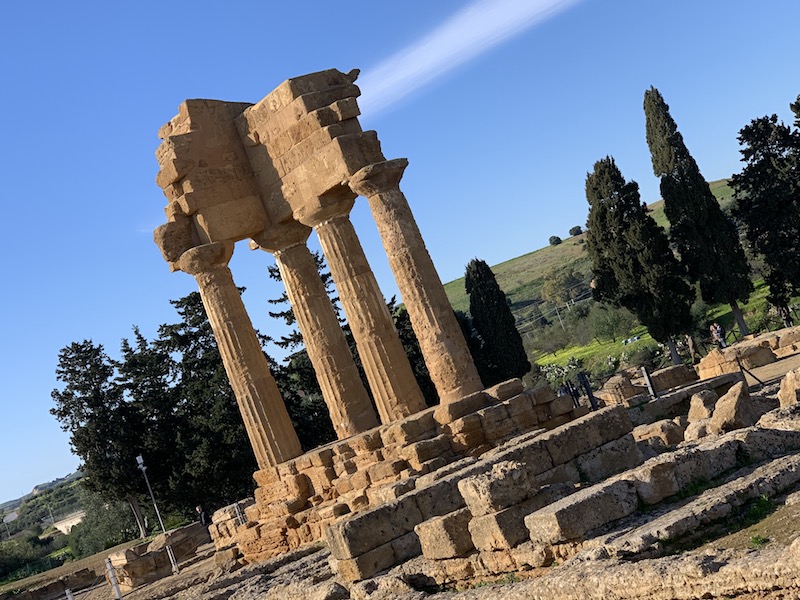
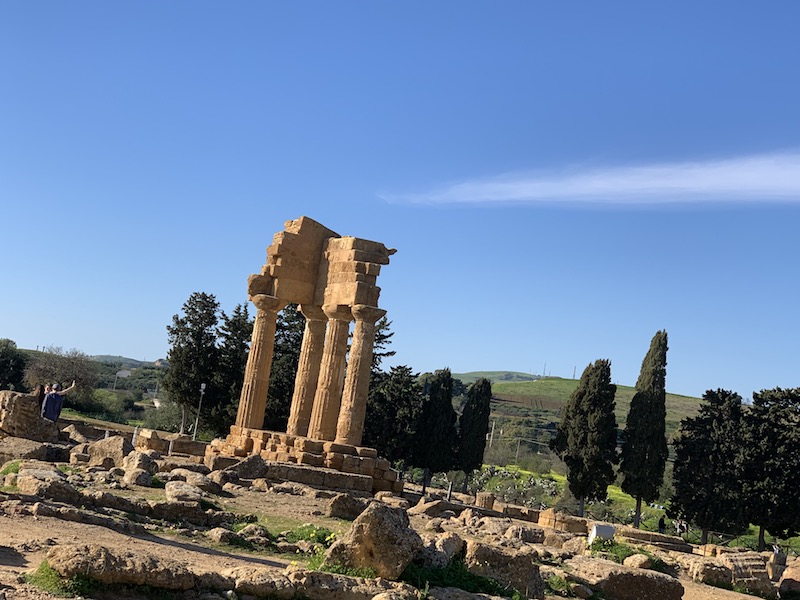
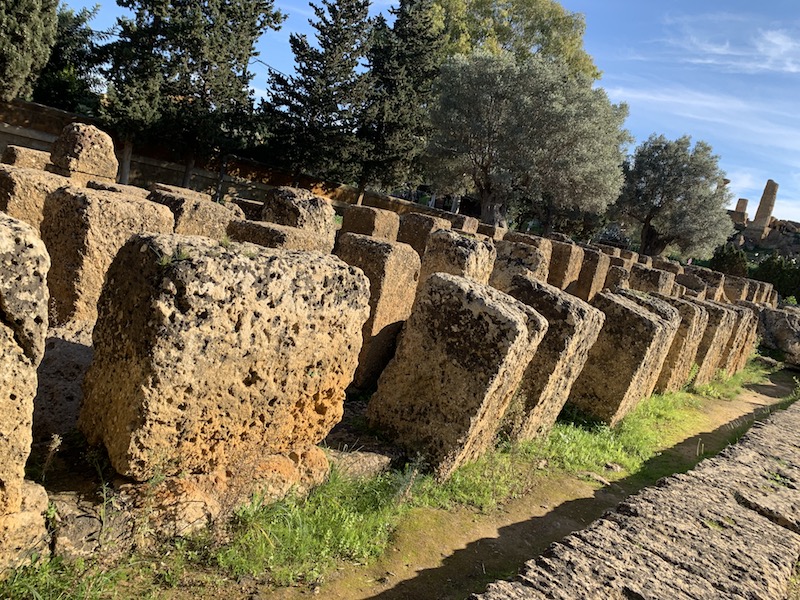
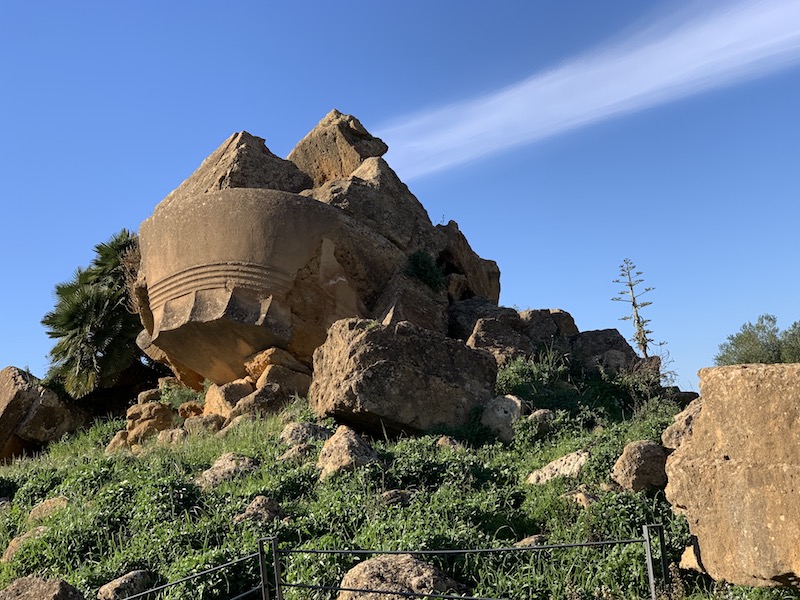
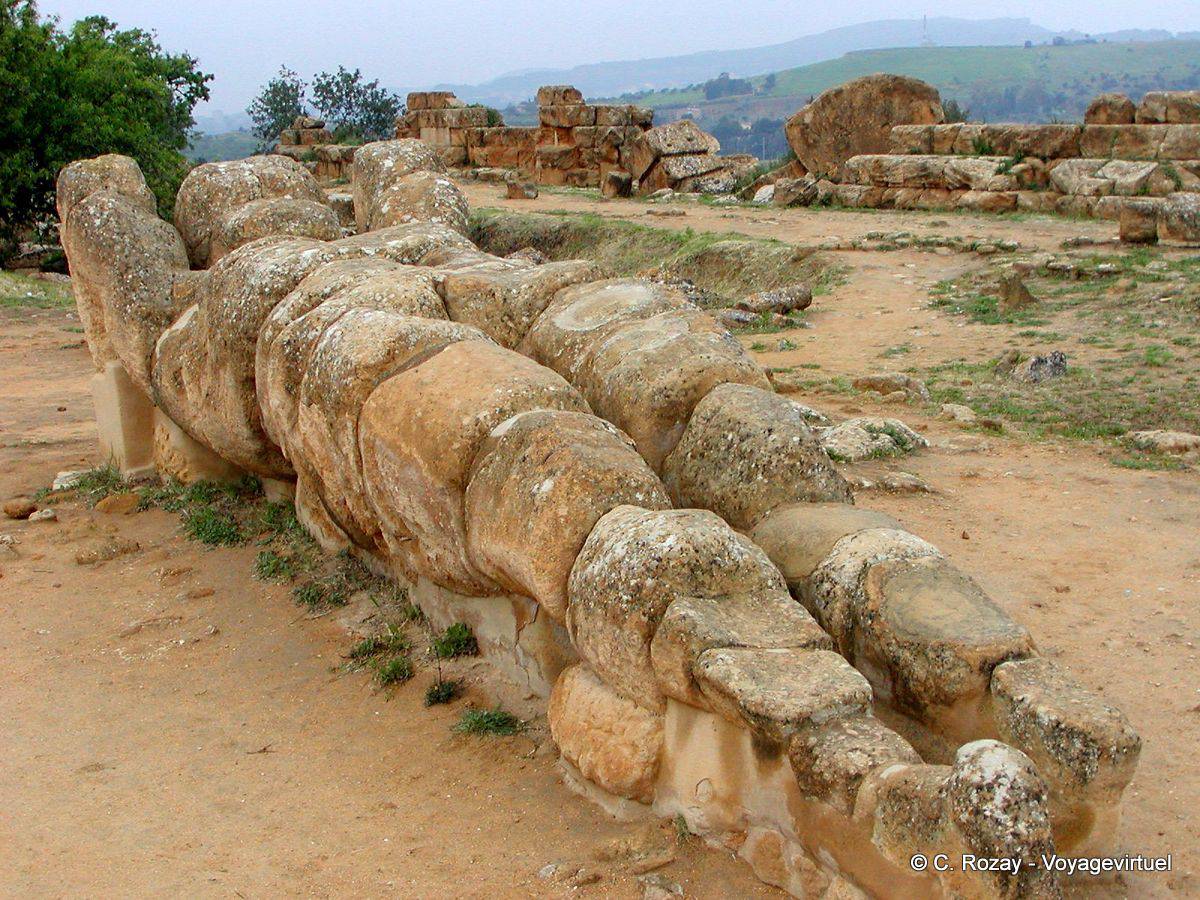
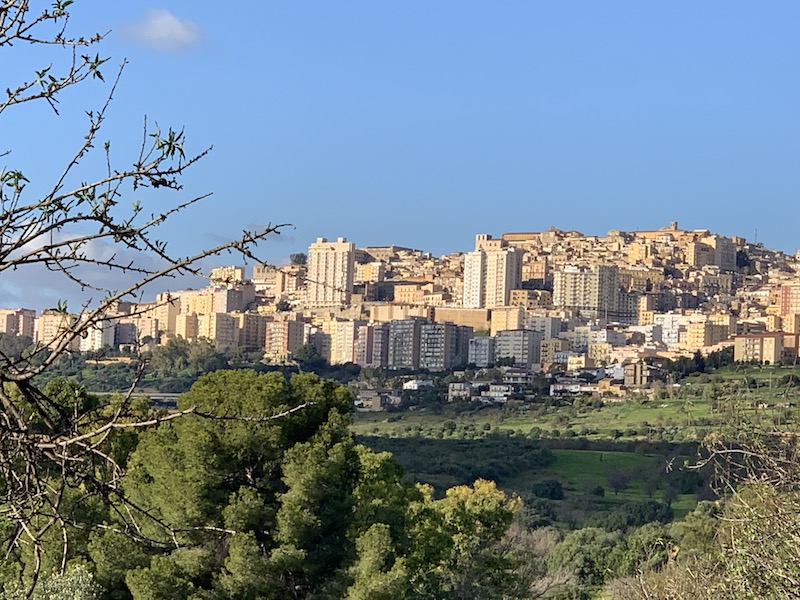
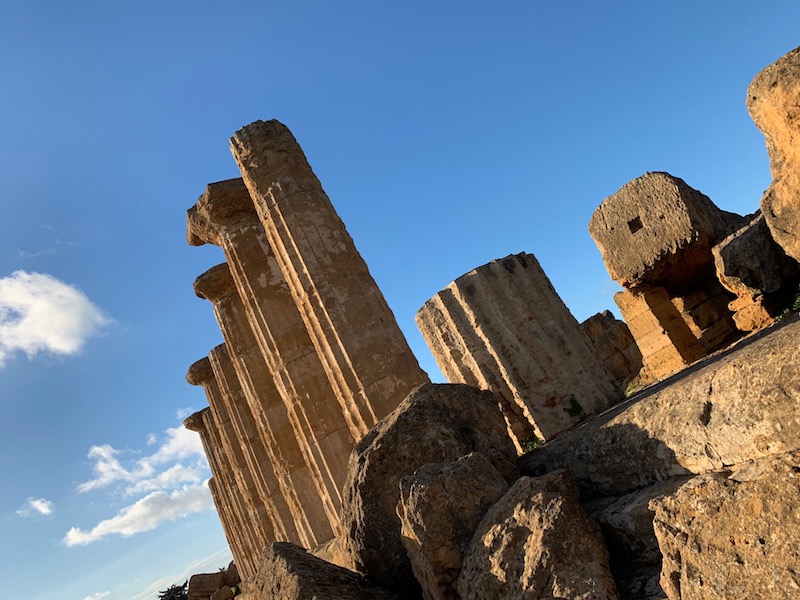
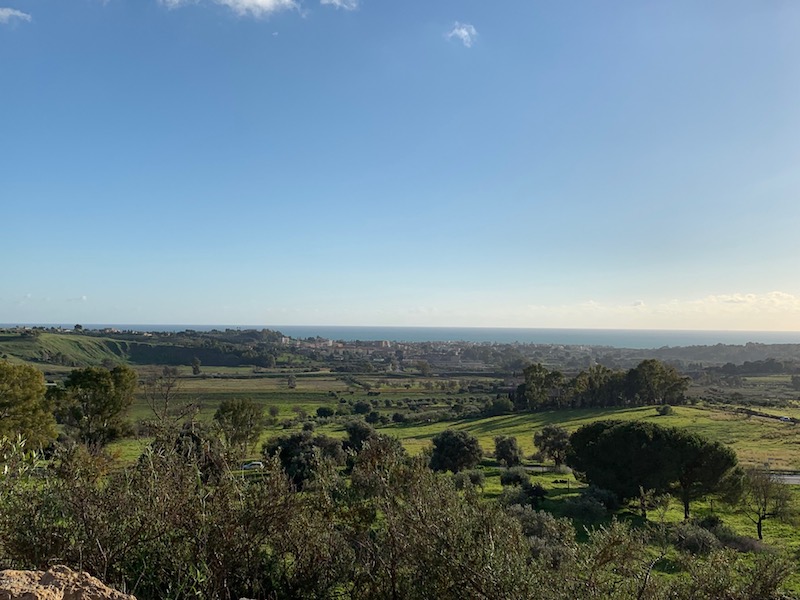
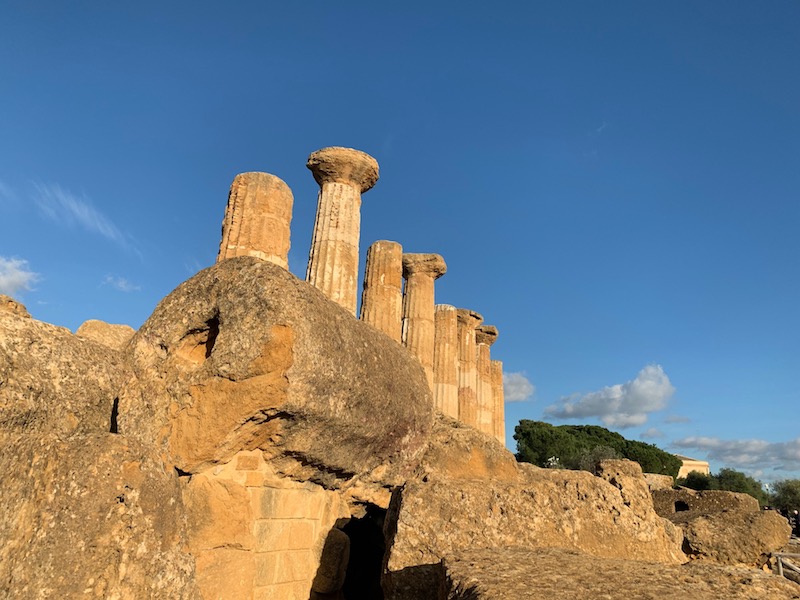
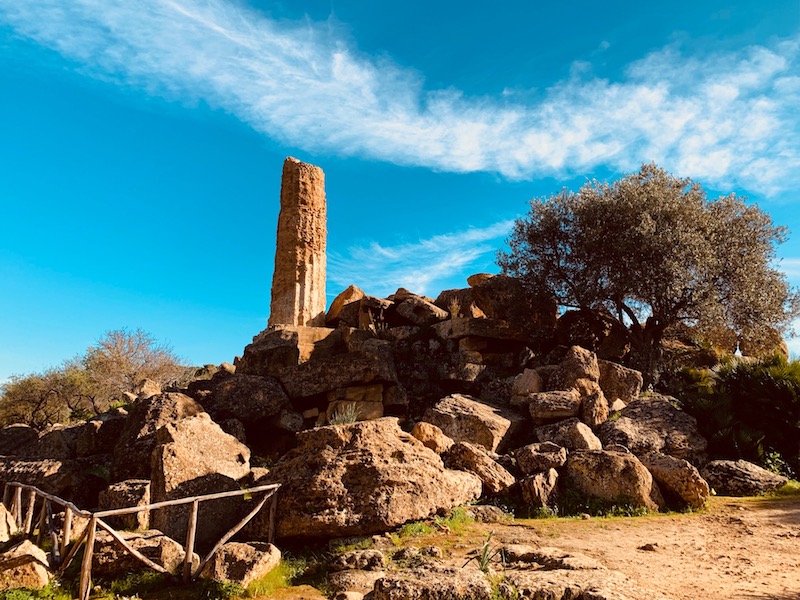
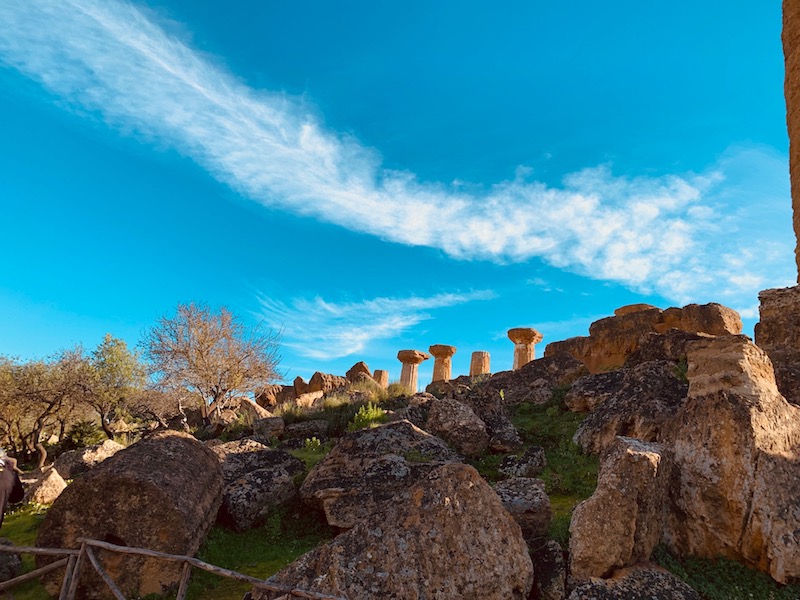
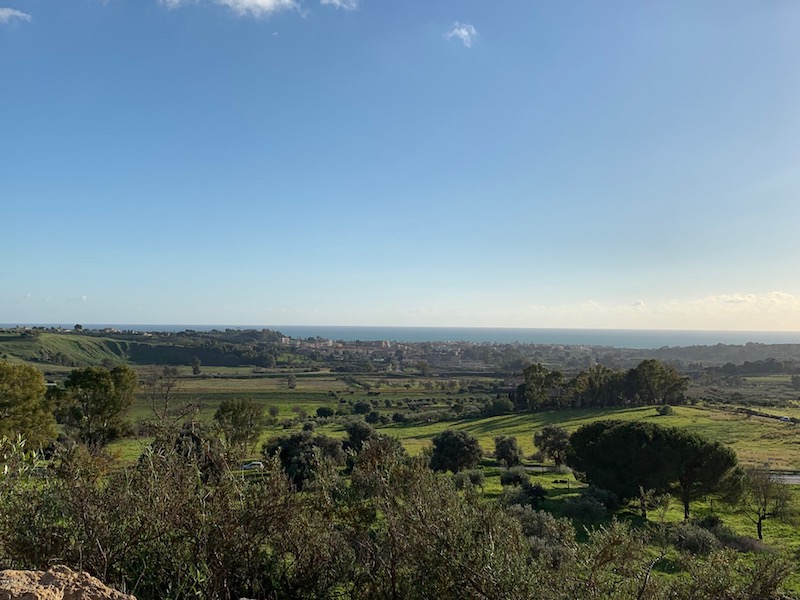
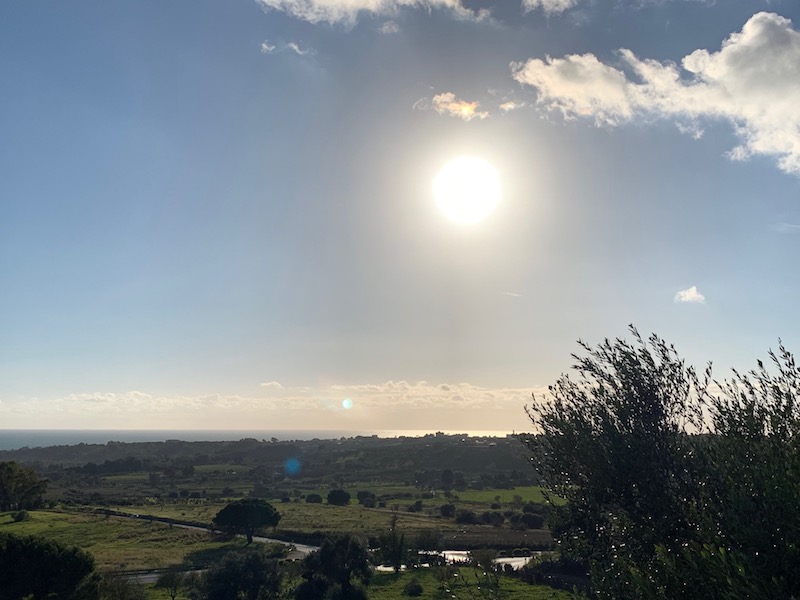
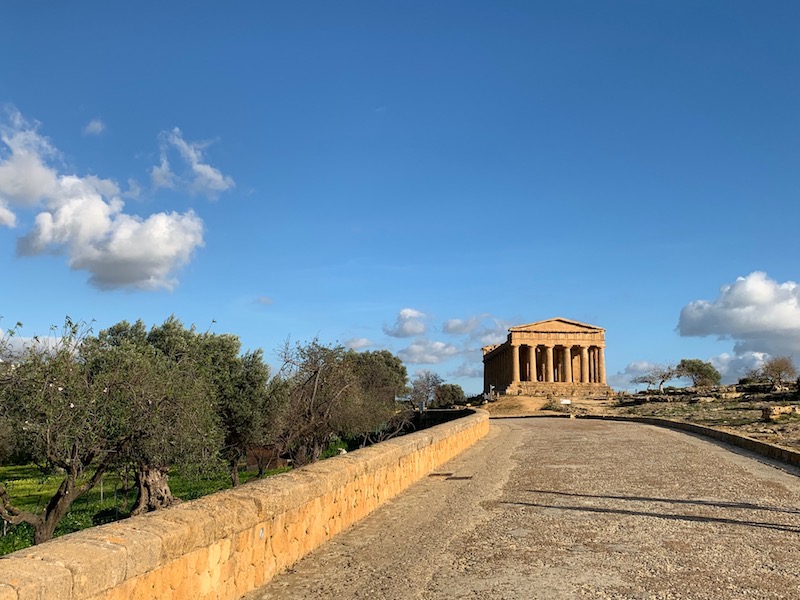
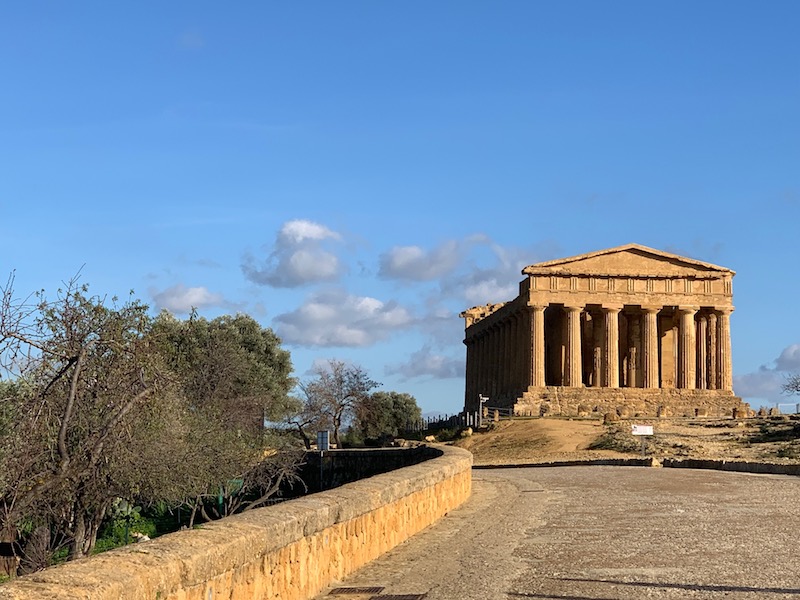
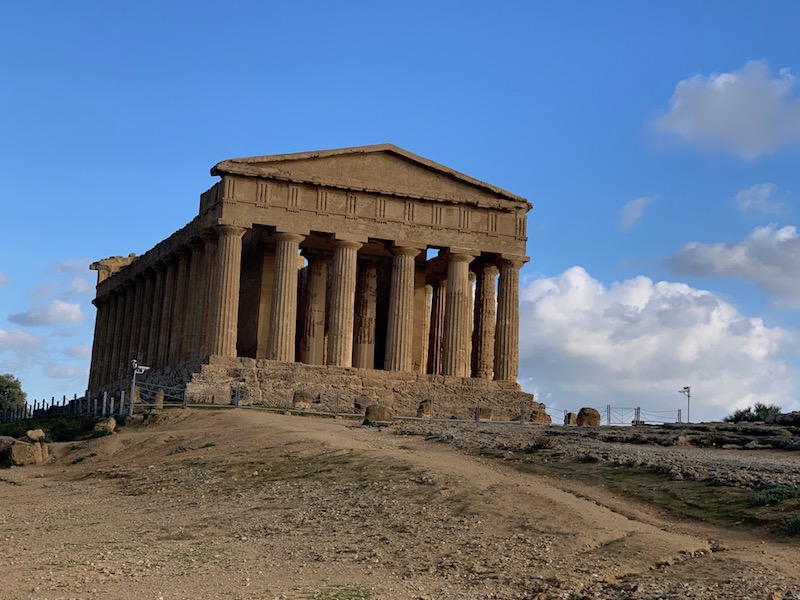
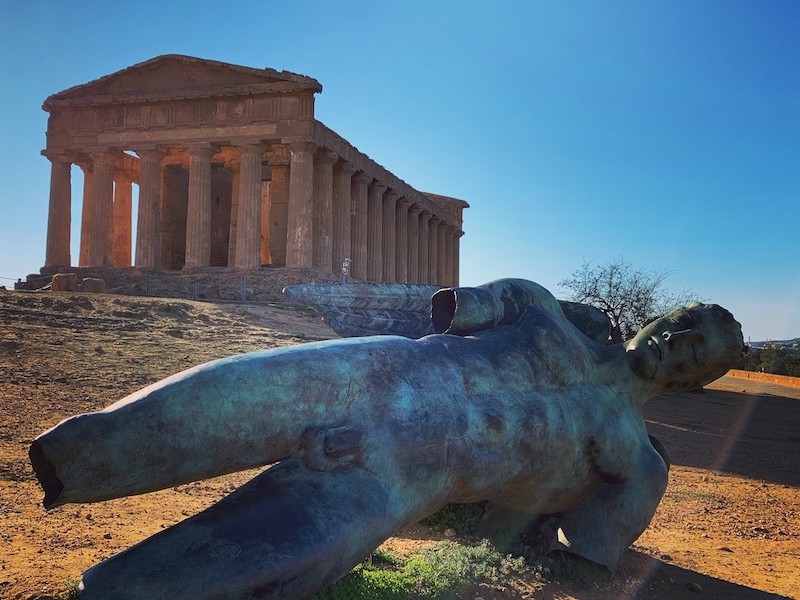
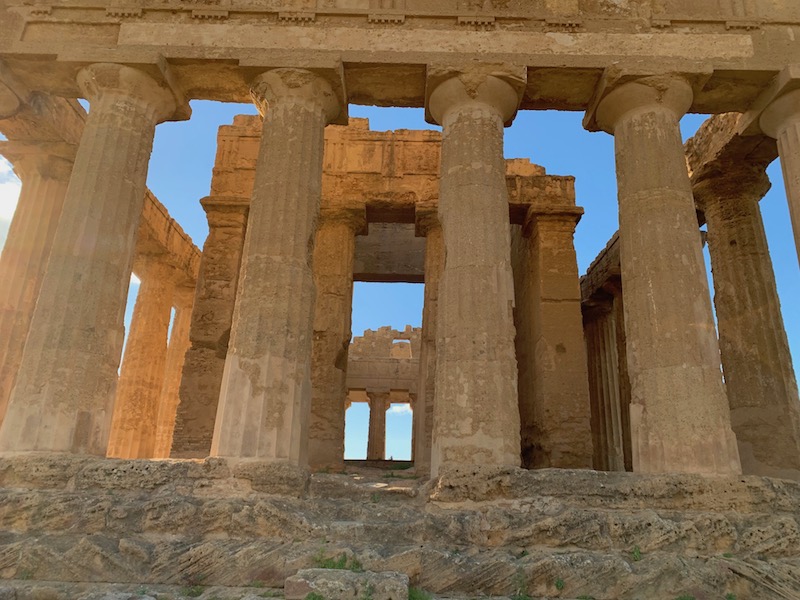
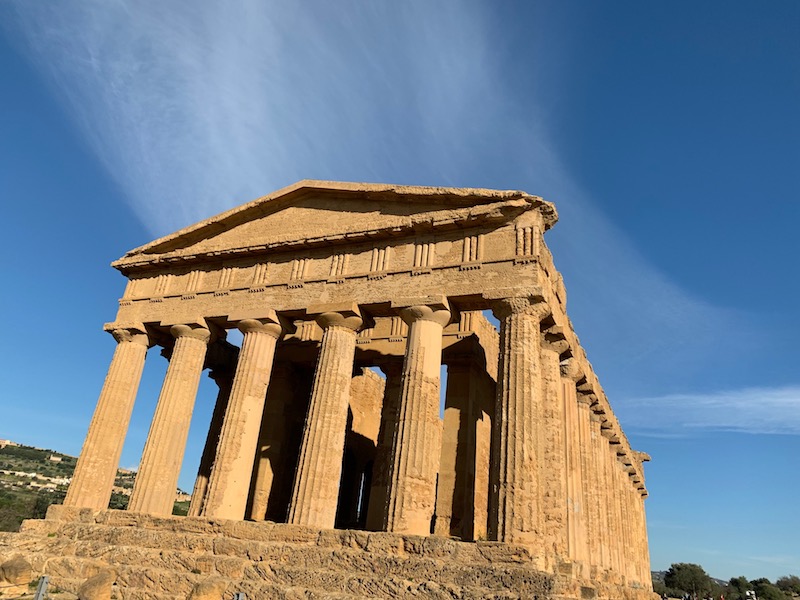
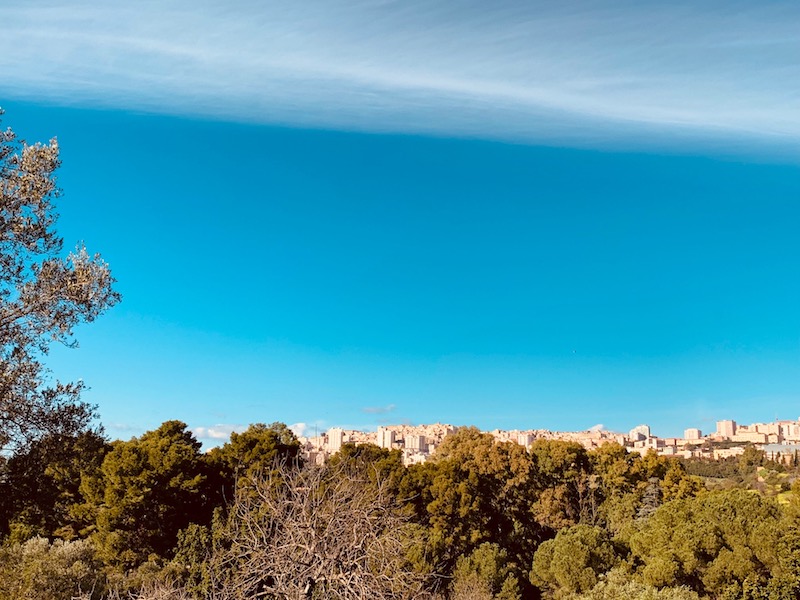
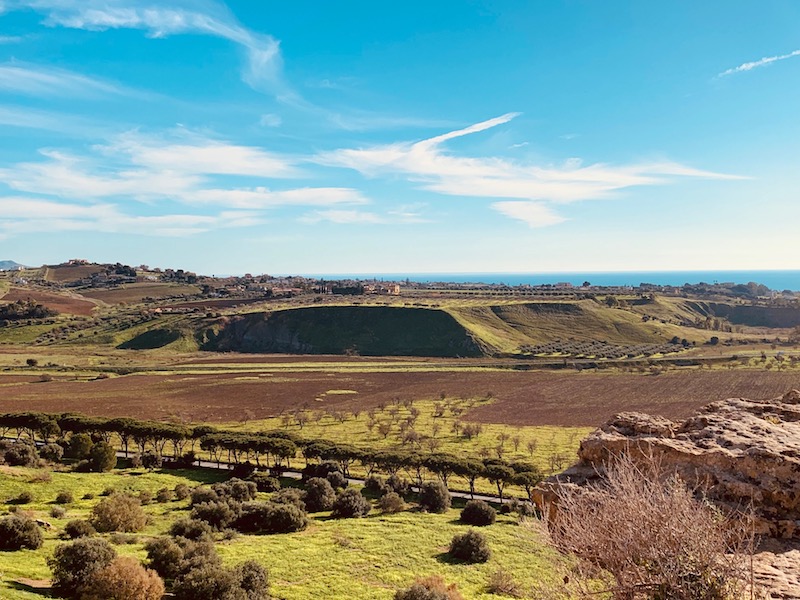
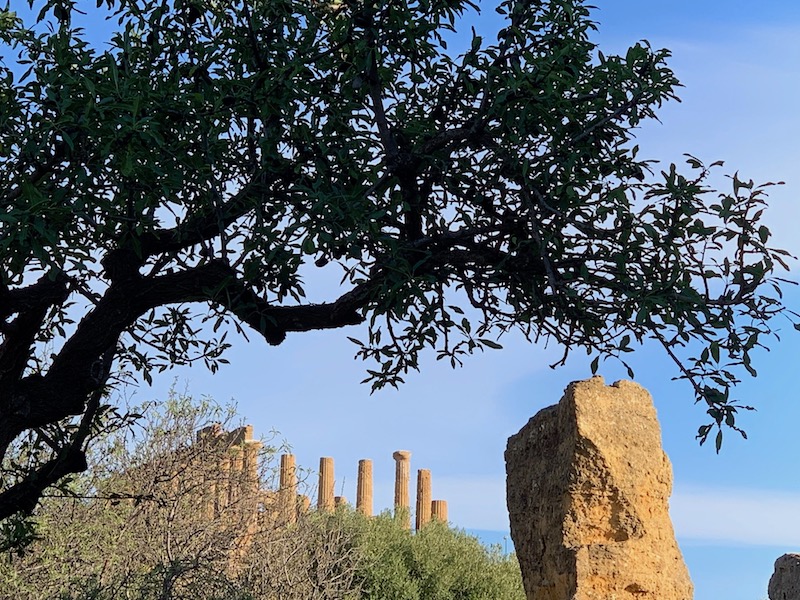
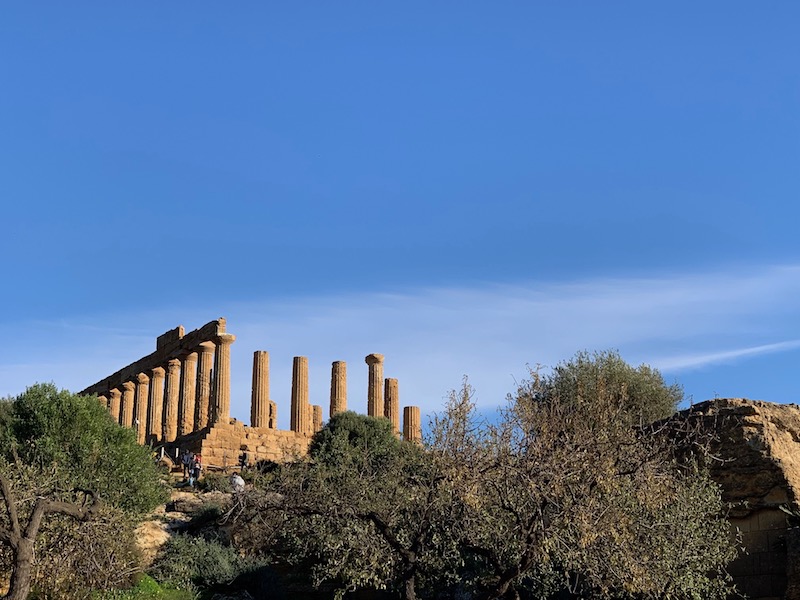
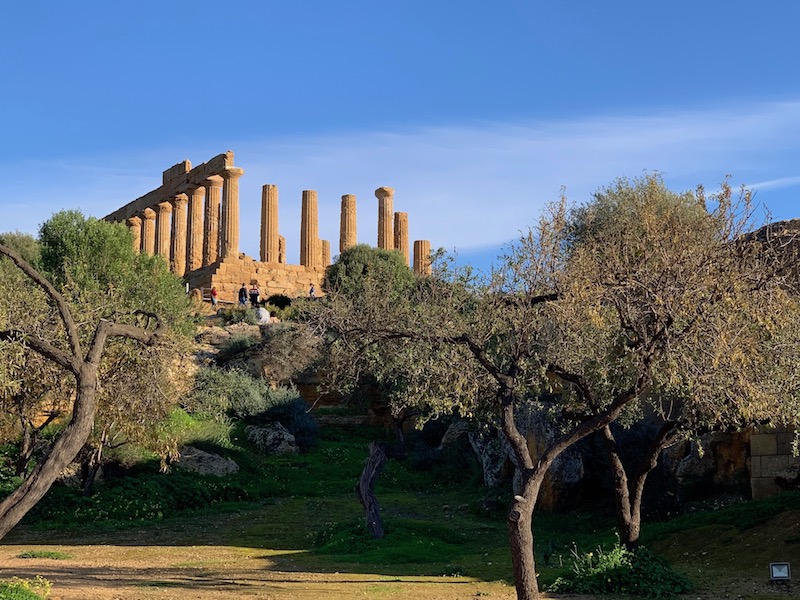
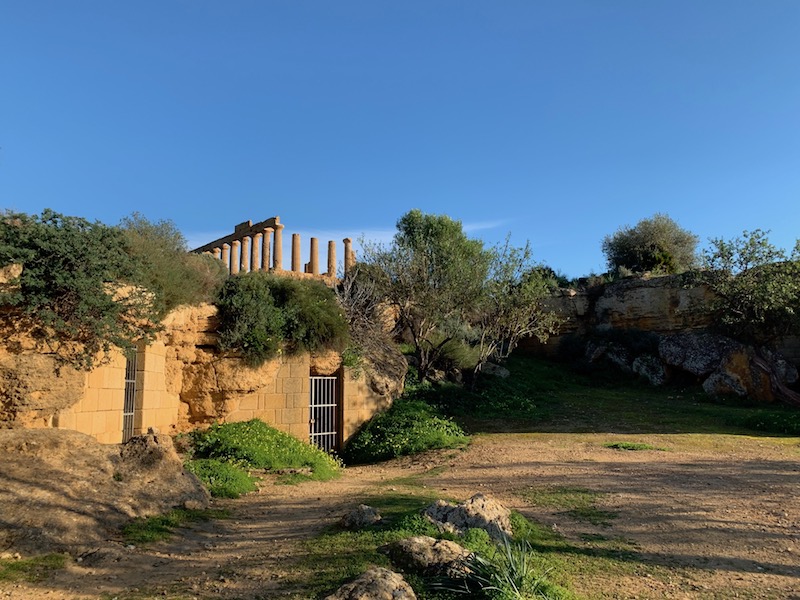
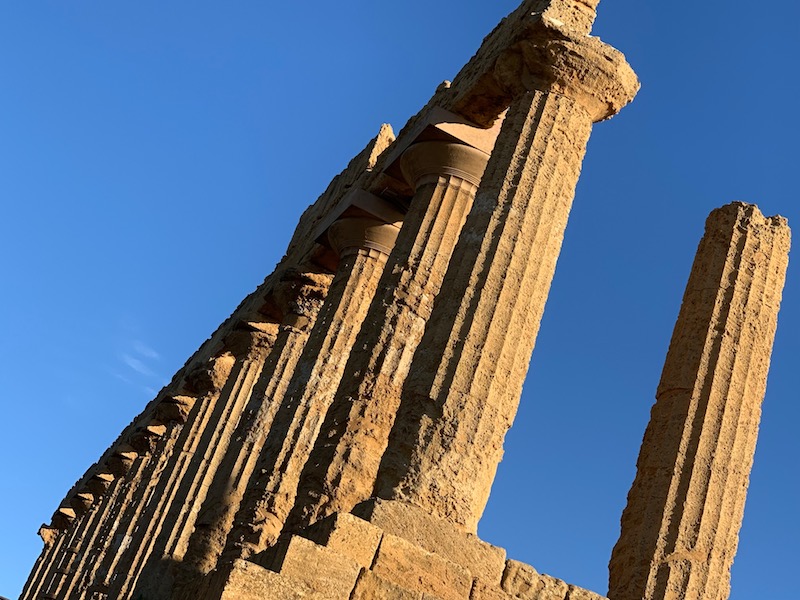
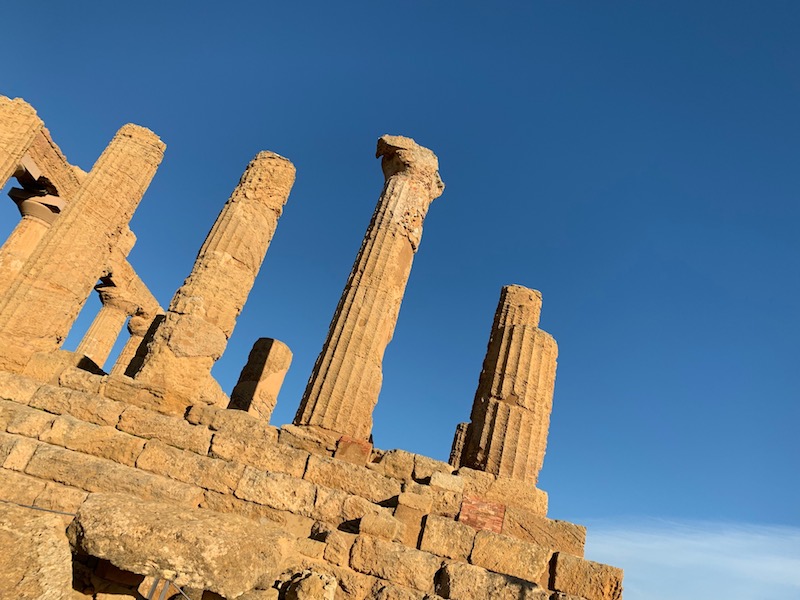
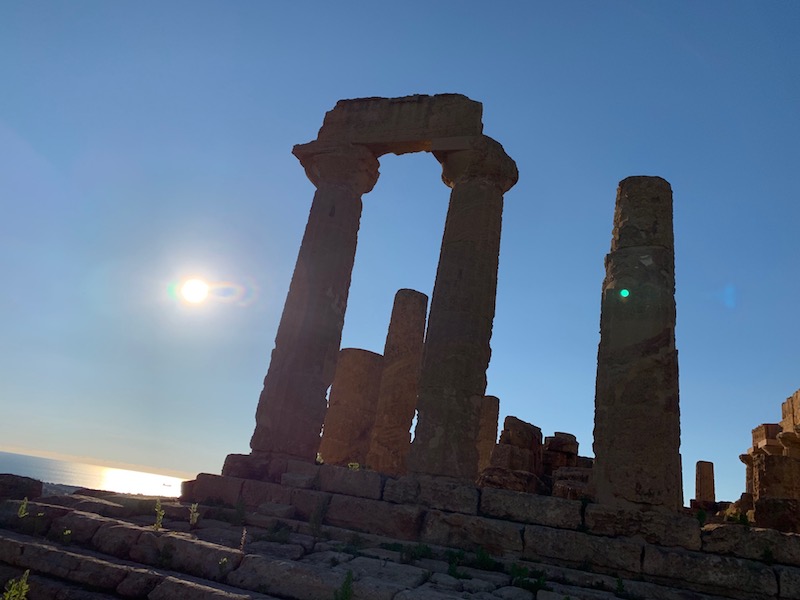
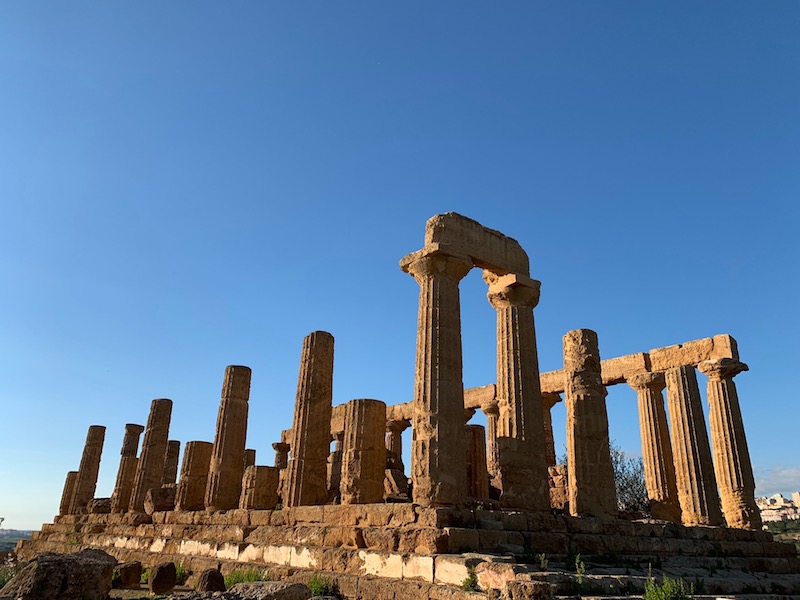

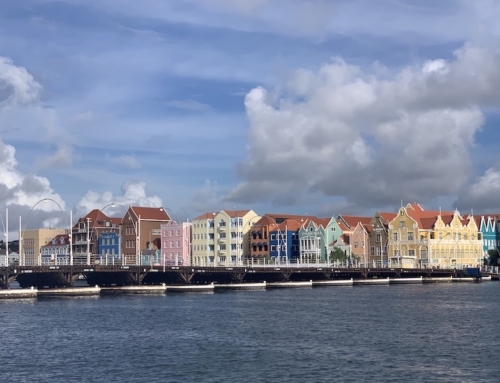

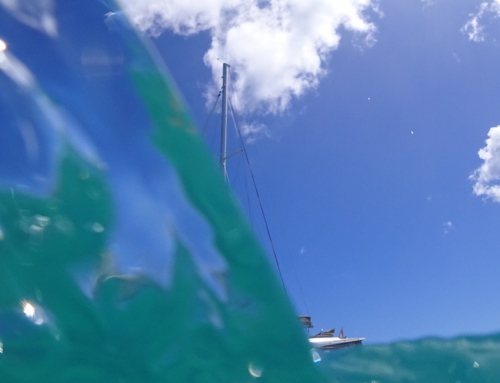


Leave A Comment